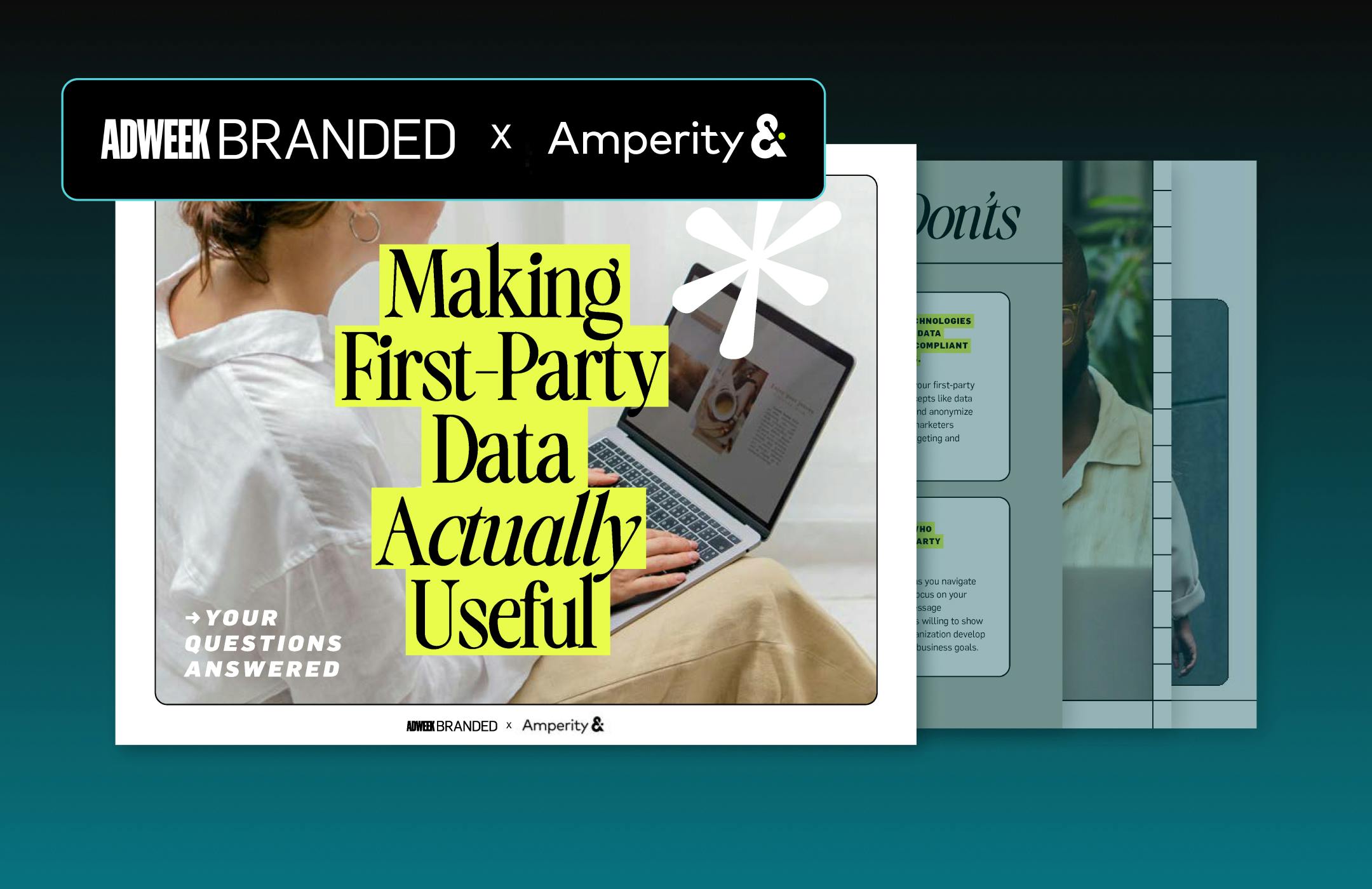Making First-Party Data Actually Useful

Transforming first-party data into actionable insights is tough, especially with today's privacy challenges. But with increasing pressure to meet revenue goals, smarter customer acquisition is a must.
Making First-Party Data Actually Useful is a guide that shows how the best in the business:
Navigate data gaps
Leverage untapped audiences
Do their customer segmentation
Deliver privacy-compliant personalization
Don't just collect data—maximize its potential. Download our guide to start transforming your data into powerful marketing insights.